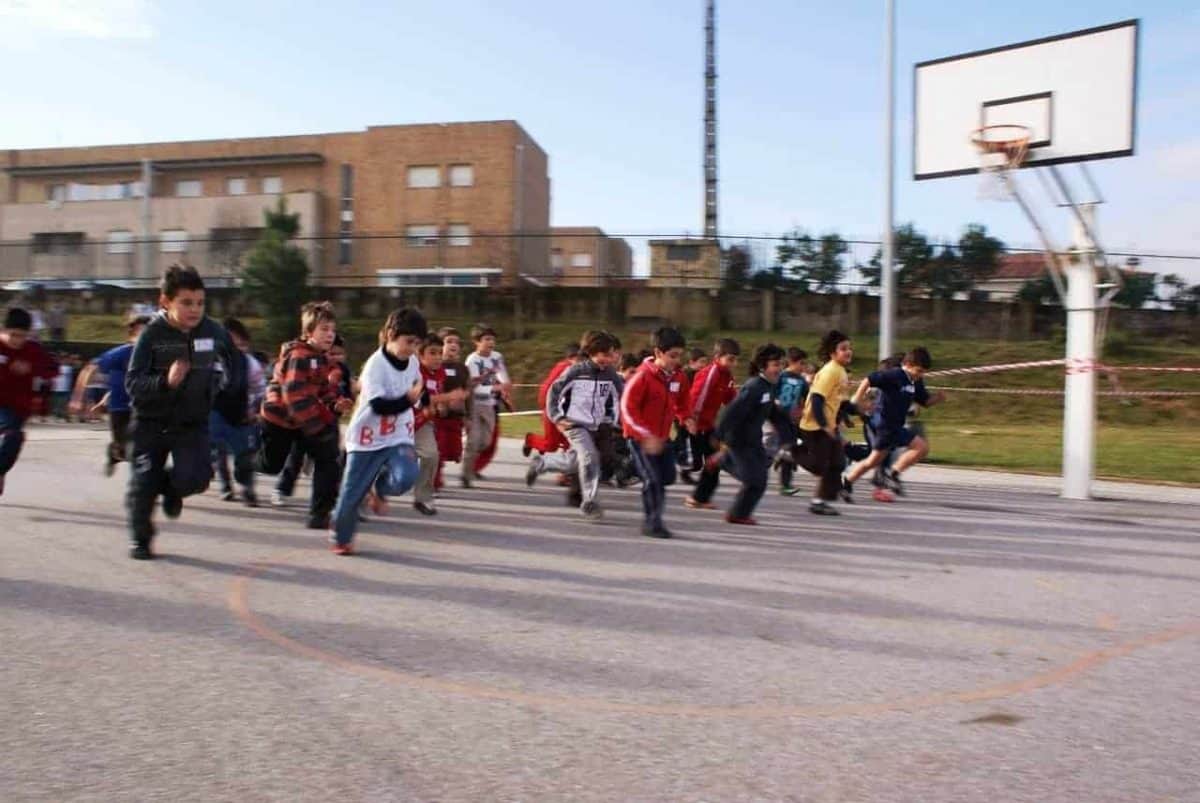With every government initiative in education there are unforeseen consequences. The current drive to build character through sport (and other activities) is having, in my opinion, an unforeseen negative impact on curriculum PE. Staffing, finances, facilities and time are being redistributed from PE provision to school sport provision. Now this might not necessarily be a bad thing, but it has to be provision beyond the current narrowness of school sport which tends to be traditional team games focused on winning competitions for the purpose of bringing prestige to the school. This reduction in PE which focuses on movement for all in favour of school sport which focuses on competition for some worries me. I would like to propose an alternative for the government that all future initiatives that involve movement in any of its forms are subsumed under – we want every one to become physically educated.
James MacAllister defines physically educated people as “as those who have learned to arrange their lives in such a way that the habitual physical activities they freely engage in make a distinctive contribution to their wider flourishing.“* Why is this a better message than building character and resilience through sport?
- Everyone can become a physically educated person. Everyone can learn to become a better mover and then learn how movement might allow them to flourish in ways that are relevant to them and their lives. Not everybody wants to play sport, especially as a way build character and resilience.
- Physically educating people becomes everyone’s responsibility (not just the schools). Parents, local communities, sports clubs and their national governing bodies, teachers, coaches, public health agencies, government departments, city planners, businesses etc can all come together to physically educate. Rather than each group working in silos to protect their own vested interests we get everybody together to solve the problem of turning sedentary behaviours into physically active ones.
- Being a physically educated person becomes less about meeting grades, criteria or other peoples ideals that can often be detrimental. It becomes less an objective measure and more about exploring subjective feelings and promoting behaviours. That means we can provide children some choice, agency and relevancy in either improving movement or finding a form of movement that allows for positive emotions, social interactions and meaning to develop in their lives.
- PE the subject becomes unbounded with the notion of the physically educated person. It stops being something you do in a lesson in school. It starts being something you learn about that provides purpose and positivity in your life beyond. The same then could be said for any organised form of movement which requires teaching and coaching – such as sport, dance, outdoor adventurous activities.
- PE the subject gains a clear purpose and stops being used as a means of short term fix to any of societies perceived problems such as obesity, immoral behaviour, poor mental health or lack of social cohesion.
- The final one is a personal one. PE the subject becomes not just about how movement can underpin what the good life is, but allows us to explore what a good life might entail. This can hopefully make movement more relevant to the children I teach.
The concept of the physically educated person is one that can unite different people and groups to work together. It can provide a way of exploring and attributing personal meaning to movement in a world where it seems to have very little, other than in the pursuit of government agendas and key performance indicators. If we want children to be physically educated who become adults that are physically educated, we have to help them answer two key questions – can I move and is it worth moving? To physically educate people we need to help them to become better movers, help them to find personal meaning in movement and provide opportunities for them to move in purposeful ways.
* This allows MacAllister to position PE as a means of achieving Aristotle’s eudaimonia and personal excellence rather than just a hedonistic subject that seeks fun and pleasure whilst allowing children a break from learning. I agree with him on this point, we should do better than “happy, busy, good.” PE should be more than just achieving a teaching situation where children are constantly moving during the lesson, are cheerful and content, and are well behaved. However I would subscribed to a type of flourishing put forward by people such as Huppert, Keynes and Seligman that combines both hedonic and eudaemonic aspects – focusing on three core features of positive emotions, engagement and interests and meaning and purpose. This positions PE the subject about educating children how they can use movement to achieve these core features in their lives in a practical manner.

